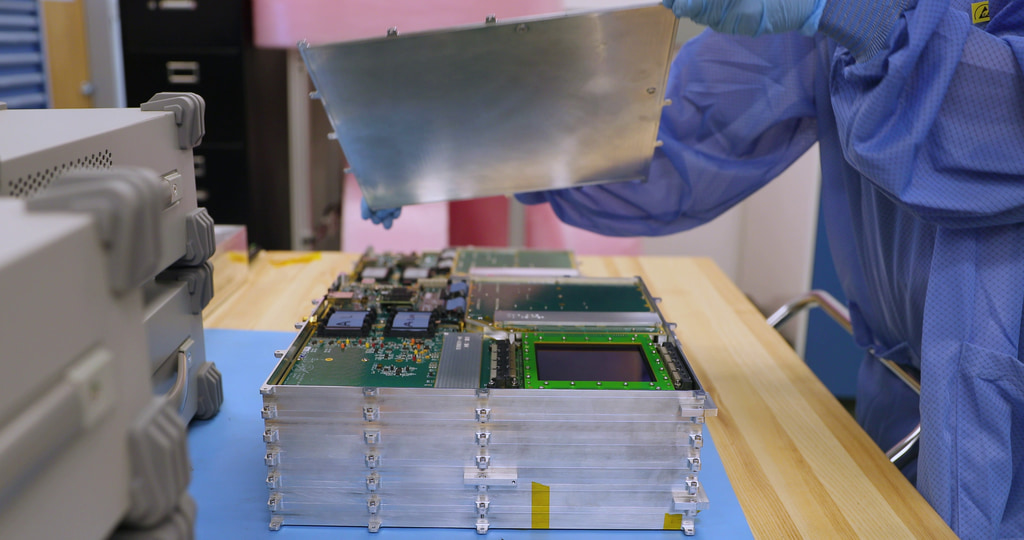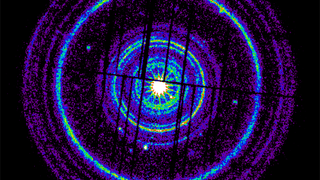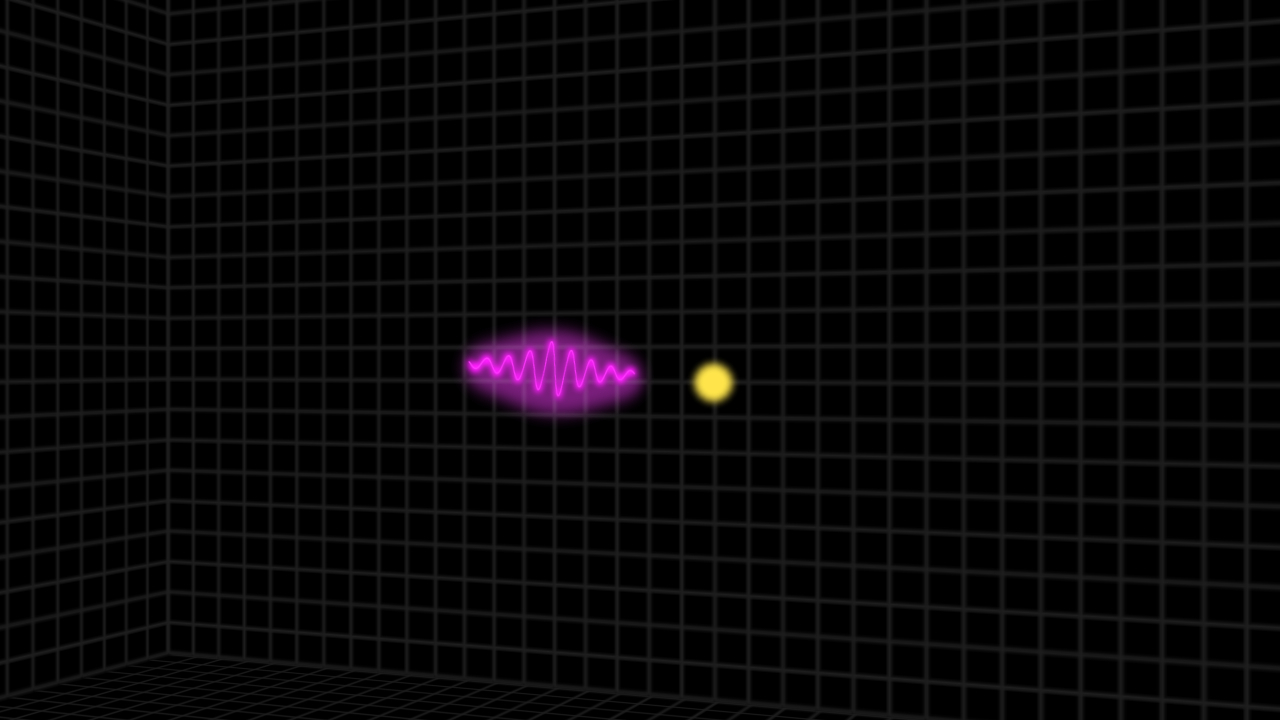ComPair Infographic

Explore this infographic to learn more about ComPair and scientific ballooning.
Credit: NASA’s Goddard Space Flight Center
ComPair is a balloon-borne science instrument designed to detect gamma rays with energies between 200,000 and 20 million electron volts. Visible light’s energy falls between 2 and 3 electron volts, for comparison.
Supernovae and powerful explosions called gamma-ray bursts shine the brightest in this energy range. It’s also where astronomers expect to see the strongest glow from the most massive and distant active galaxies, which are powered by monster black holes. Current missions don’t cover this range well, however, so future ComPair-inspired instruments could fill in important gaps in astronomers' knowledge.
Earth’s atmosphere filters out most of the high-energy radiation coming from space – which is good for humans but makes testing new gamma-ray technologies challenging. ComPair's solution is to fly to about 133,000 feet (40,000 meters) on a scientific balloon, which brings it above 99.5% of the atmosphere.
ComPair gets its name from two methods it uses to study gamma rays: Compton scattering and pair production. In Compton scattering, light hits a particle, such as an electron, and transfers some energy to it. Pair production occurs when a gamma ray grazes the nucleus of an atom and converts into a pair of particles – an electron and its antimatter counterpart, a positron.
The instrument has four major components:
1. A tracker containing 10 layers of silicon detectors that determines the position of incoming gamma rays.
2. A high-resolution calorimeter made of cadmium, zinc, and telluride that precisely measures lower-energy Compton-scattered gamma rays and some converted into electron-positron pairs.
3. A high-energy calorimeter made of cesium iodide that mostly measures electron-positron pairs as well as some Compton-scattered gamma rays.
4. An anticoincidence detector that notes the entry of high-energy charged particles called cosmic rays.
ComPair is a collaboration among Goddard, NRL, Brookhaven National Laboratory in Upton, New York, and Los Alamos National Laboratory in New Mexico.

These elements from the infographic above show the ComPair instrument on the left and its location on the gondola on the right.
Credit: NASA's Goddard Space Flight Center
For More Information
Credits
Please give credit for this item to:
NASA's Goddard Space Flight Center. However, individual items should be credited as indicated above.
-
Producer
- Scott Wiessinger (KBR Wyle Services, LLC)
-
Science writer
- Jeanette Kazmierczak (University of Maryland College Park)
-
Graphic designer
- Scott Wiessinger (KBR Wyle Services, LLC)
-
Scientist
- Regina Caputo (NASA/GSFC)
-
Project support
- Francis Reddy (University of Maryland College Park)
Release date
This page was originally published on Tuesday, August 8, 2023.
This page was last updated on Friday, August 4, 2023 at 5:18 PM EDT.





